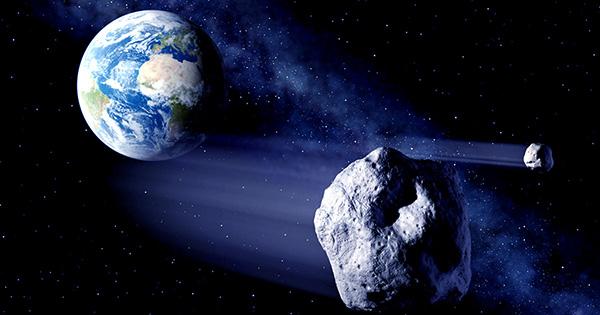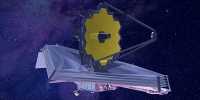An object with an orbit that takes it about a light year from the sun is about to give us a one-time visit. We have been on alert for almost a decade because it is unusually large for visitors coming from so far away; it could become the largest comet ever seen.
Although we have found more observations in the records, estimates of the object of UN 2014 orbit are changing rapidly, the current best estimate is that it last entered the planet’s orbit a million years ago and will be longer before it returns. In the language of astronomy, “concentricity” is a measure of how far an orbit extends. A perfectly circular orbit has a concentricity of emptiness, although it reaches its value in one of almost infinite lengths rather than wide. On this basis, the 2014 UN271 is actually very bizarre (with a 0.99948 estimate made by one of its inventors), but it also fits the bill for further movement, as it is not like any object we have seen.
The 2014 UN271 is at least 100 kilometers (60 miles) wide and can cover 370 kilometers (230 miles). If it were a comet, as most objects have such orbits, it would be the biggest candidate we have ever seen. The nearest rival is believed to be the comet of 1729 (Comet Syrup), which was probably about 100 kilometers (60 miles) wide.
On the other hand, if it does not cease to form a tail, then the question remains as to how some of this composition reached a thousand times farther from the sun than Neptune. The good news is, we have plenty of time to study it. Our first images of the 2014 UN271 were made when it was almost away from the Sun to Neptune, but since then it has cut that distance in a quarter. In 2031 it will almost touch the orbit of Saturn before starting its outer journey again.
This is not enough for the real scene, suddenly preventing NASA from sending a mission by dropping priorities. However, given the size of the 2014 UN2711, JWST can give us most of the feedback, if it is launched by the end. The most exciting part is if the 2014 UN271 is truly a giant comet and its outer layers begin to evaporate as it heats up. Whether or not it will be enough to see if Saturn reaches orbit – for many molecules it is still too far from the sun to cause them to rise, but carbon dioxide and carbon monoxide can be released at these distances.














